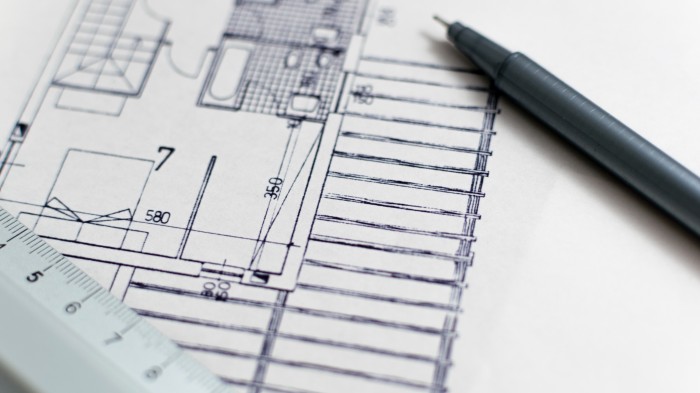Tax Planning for Tenant Improvement Allowances

It is common practice for commercial real property trade or businesses to offer new, prospective or long-standing tenants a tenant improvement (TI) allowance. These costs are used to help offset the tenant’s cost of moving into the space and/or retrofitting the space to meet industry guidelines or unique needs. The lease agreement outlines who will complete the design, the work, the timeline and, most importantly, who will pay for the improvements. It is pertinent to properly review all lease agreements for pitfalls and leasing issues hidden beneath the legal jargon.
Normally, a real property trade or business (property owner) will give a tenant a set budget or a maximum amount they are willing to spend on the improvements. Typically, the property owner is in charge of getting the improvements completed themselves, and the tenant pays out of pocket expenses that exceed the budget. The tenant improvements are depreciated over a given useful life, as set forth in Internal Revenue Service (IRS) technical guidance.
The other way TI allowances can be handled is when the property owner gives the tenant cash and the tenant goes out and contracts the improvement work themselves under guidelines and parameters set forth in the lease agreement. In this instance, there is a different tax treatment on those payments, for both the property owner and the tenant. The property owner amortizes the costs over the life of the lease. Since the costs are amortized over the life of the lease, there is no accelerated depreciation eligible on this property for the property owner. While the tenant can control the process in-house and depreciate the improvements, they must pick up the cash as taxable income in the year the cash is received.
When the property owner provides the cash allowance to the tenant, there is a way to avoid the unfavorable treatment. Internal Revenue Code (IRC) Sec. 110 allows the tenants to exclude the cash received from income and the property owner depreciates the improvements over the useful life. In order to get this favorable treatment, the lease agreement must mention the safe-harbor under Sec. 110 or that the improvements are for real property only. In this situation, these costs are eligible for accelerated depreciation by the property owner. Section 110 requires a disclosure with a taxpayer’s timely filed tax return, including extensions, by both the property owner and the tenant. The disclosure should include the name and address, tax identification number, location of the property and the amount of the construction allowance that qualifies under Sec. 110.
When executing a lease, it is pertinent for the property owner and the tenant to be aware of the use of Sec. 110, and to specify within the lease agreement that their TI allowance will be used to improve qualified long-term real property for a short-term retail lease not to exceed 15 years. For the purposes of Sec. 110, the term “retail lease” has a very broad definition and includes tenants that sell services to the public. Small details within the lease agreement when receiving cash to perform tenant improvements can be the difference between picking up income and the acceleration of cash-less deductions in the current year for tax purposes.
As we approach 80 years, Ellin & Tucker remains firmly in the room, driven by a legacy of excellence in teamwork, leadership, and service. Our strength has always been in our people, and together, we’ll continue to stand with the next generation of difference-makers and leaders, ready to shape the future.